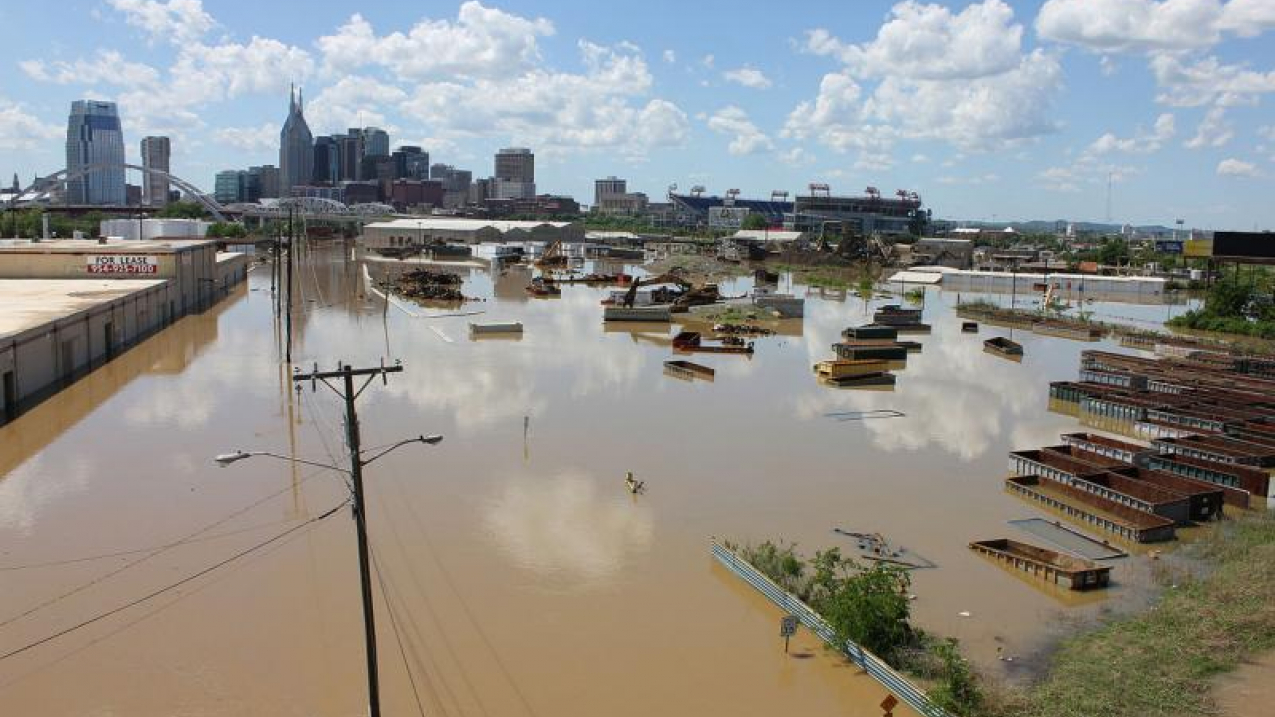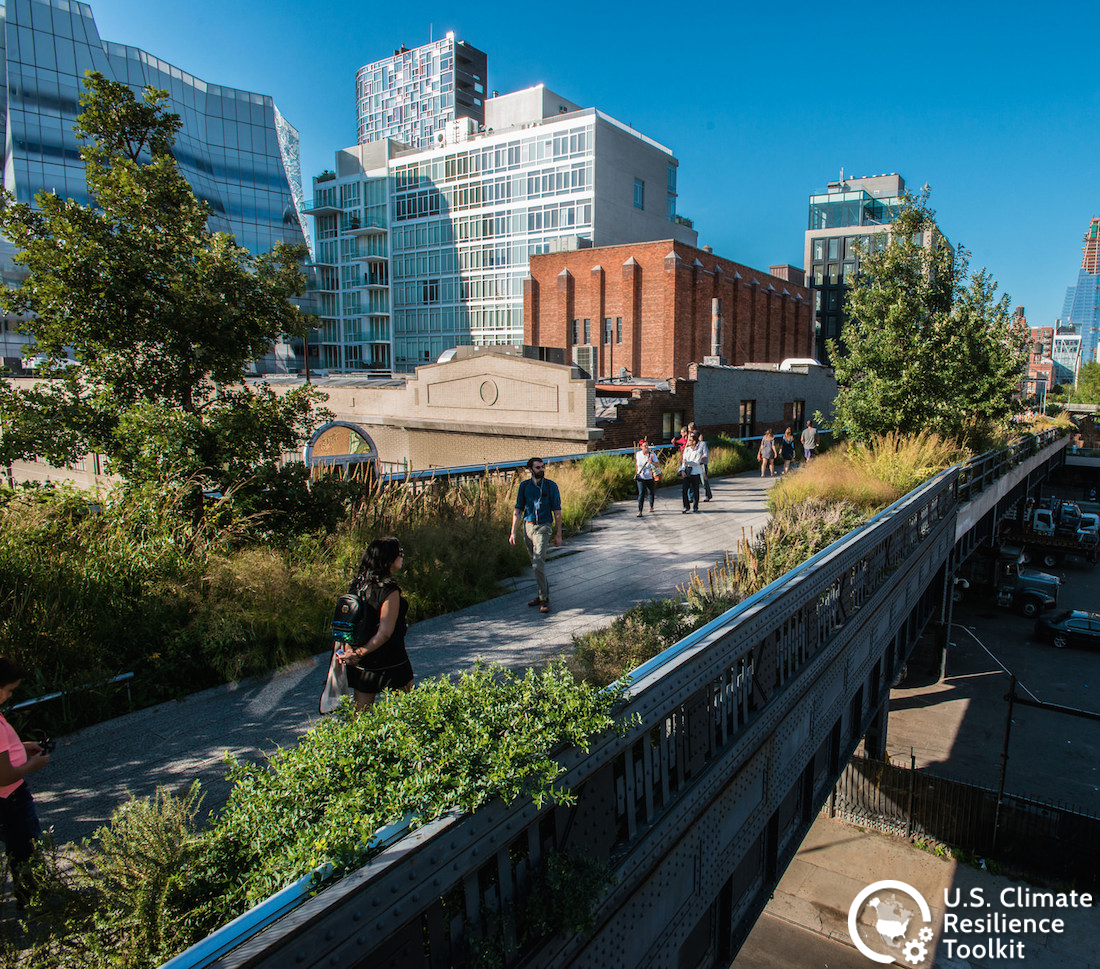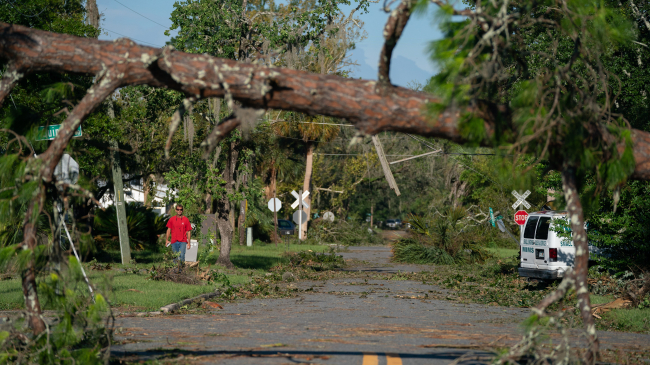
Severe flooding in Nashville’s downtown in May 2010 demonstrated the need for cities and towns to plan more resilient buildings, transportation systems and other infrastructure. The Climate Resilience Toolkit provides cities and towns with new tools on the Built Environment to address this need. (Image credit: Kadari/Wikimedia Commons)





